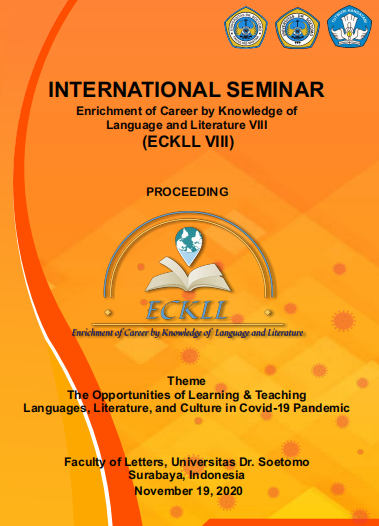Reviewing Oral Tradition Source of Toyomarto Village Water Resource: The Beginning Stage of Saujana Tourism Creating
 Abstrak views: 317
,
Abstrak views: 317
,
 PDF (English) downloads: 58
PDF (English) downloads: 58
Abstrak
Toyomarto Village, which located in Singosari, Malang Regency, has abundant natural resources and oral traditions besides Wonosari tea garden tourism and well-known archaeological sites. Natural wealth and oral traditions are two potential regional assets that boast foarming village identity. The right combination of traditional wealth and natural wealth (cultural landscape haritage) can become a distinctive identity that distinguishes it from other regions. This cultural landscape heritage can further improve the progress and welfare of the village through the development of the tourism sector with a unique historical
identity and traditional authenticity. From field research that relies on observations and interviews, it was found that 10 (ten) springs that are rich in natural potential and attached to various oral traditions, namely the Kalimangun, Lombok Gambir, Sumberawan, Kali Bulu Gedhe, Kali Gento, Belik, Pentungan Sari, Batung Berek, Tembung and Kali Jasemi. Of the ten springs, 7 (seven) of them are accompanied by various oral traditions in the form of legends, religions and
beliefs, folk outside the formal activities of mainstream religions, folk arts 'outside the palace' and finally customary law. The integration of natural and traditional heritage can be a stepping stone to develop the region in terms of sustainable natural-cultural tourism development as well as documentation and maintenance of the existence of the Toyomarto village springs.







